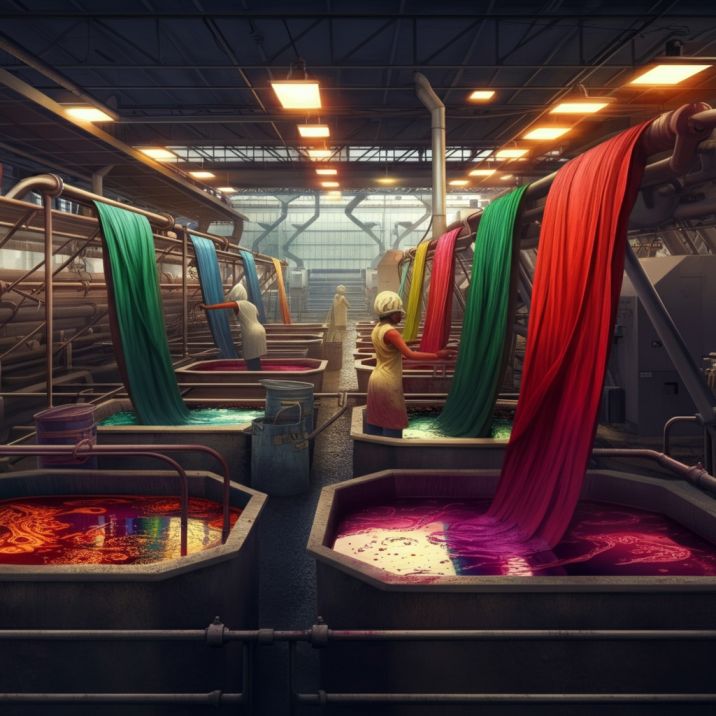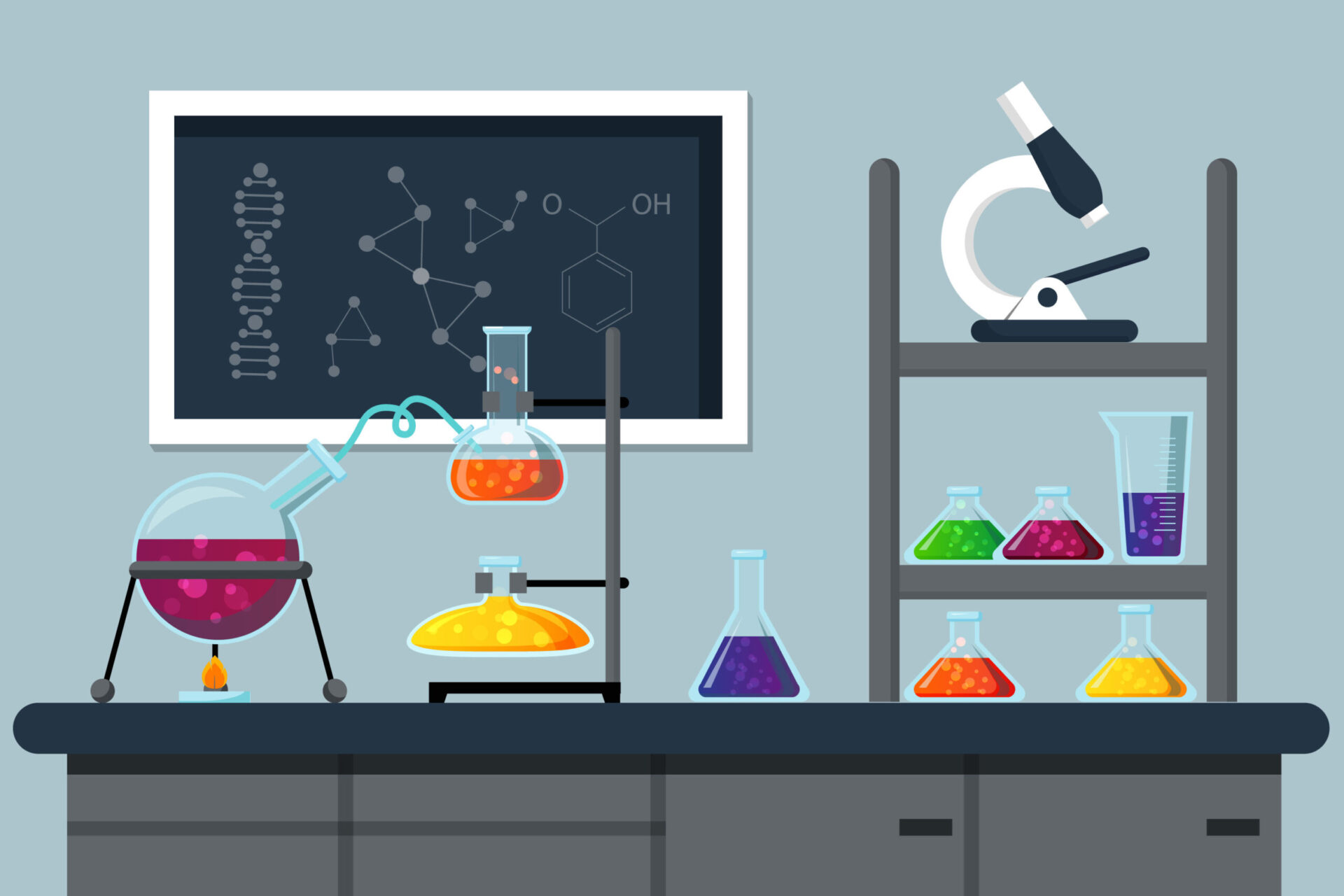The textile dyeing industry transforms plain fabrics into vibrant, colorful materials that fill our closets and homes. This ancient craft has evolved into a sophisticated industrial process that combines chemistry, technology, and artistry to create the textiles we use every day.
Understanding the dyeing process in textile industry reveals the complex journey from raw fiber to finished product. Whether you’re a textile professional, student, or simply curious about how your favorite shirt gets its color, this comprehensive guide will walk you through every step of the textile dyeing process.
What is Textile Dyeing?
Textile dyeing is the process of adding color to fibers, yarns, or fabrics using various chemicals and techniques. The dye industry has developed numerous methods to ensure colors are vibrant, long-lasting, and suitable for different types of materials.
The dyeing process involves more than simply applying color. It requires careful preparation, precise chemical formulations, and controlled conditions to achieve consistent results. Success depends on factors like fiber type, dye selection, temperature, pH levels, and timing.
Types of Textile Fibers and Their Dyeing Requirements
Natural Fibers
Natural fibers each have unique properties that affect how they absorb and retain dyes:
Cotton is the most commonly dyed natural fiber. Its cellulose structure readily accepts reactive dyes, direct dyes, and vat dyes. Cotton requires mordants—chemical agents that help dyes bond with fibers—to achieve permanent coloration.
Wool contains protein fibers that work well with acid dyes and chrome dyes. The natural structure of wool allows for excellent color penetration, making it ideal for deep, rich colors.
Silk shares similar dyeing properties with wool due to its protein composition. However, silk requires gentler treatment during the dyeing process to maintain its lustrous appearance and smooth texture.
Linen behaves similarly to cotton in the dyeing process but may require longer processing times due to its denser fiber structure.
Synthetic Fibers
Synthetic fibers present different challenges and opportunities:
Polyester requires disperse dyes and high-temperature processing. The dyeing process often involves temperatures exceeding 130°C to ensure proper dye penetration.
Nylon works well with acid dyes and can achieve brilliant colors due to its chemical structure.
Acrylic fibers need cationic dyes and specific pH conditions to achieve optimal results.
The Step-by-Step Dyeing Process in Textile Industry
Step 1: Preparation and Pre-treatment
Before any dyeing can occur, textiles must undergo thorough preparation:
Scouring removes natural oils, waxes, and impurities from fibers. This step ensures even dye penetration and prevents color irregularities.
Bleaching eliminates natural color variations and creates a uniform base for dyeing. Different bleaching agents are used depending on the fiber type.
Mercerization (for cotton) involves treating fibers with caustic soda to increase their affinity for dyes and improve color fastness.
Step 2: Dye Selection and Preparation
The textile dyeing industry uses various dye types, each suited for specific applications:
Reactive dyes form covalent bonds with fibers, creating excellent color fastness. These dyes work particularly well with cotton and other cellulose fibers.
Acid dyes are ideal for protein fibers like wool and silk, producing vibrant colors with good fastness properties.
Disperse dyes are essential for synthetic fibers, especially polyester, requiring high-temperature application methods.
Vat dyes offer exceptional color fastness and are commonly used for denim and other heavy-duty applications.
Step 3: Dyeing Methods
The dye industry employs several dyeing methods, each with distinct advantages:
Batch Dyeing processes fixed quantities of textile in enclosed vessels. This method allows for precise control over dyeing conditions and is ideal for smaller production runs.
Continuous Dyeing involves passing fabric through a series of treatment baths in a continuous process. This method is efficient for large-scale production and ensures consistent results.
Pad Dyeing applies dye solution to fabric using pressure rollers, followed by steaming or heat treatment to fix the color.
Jet Dyeing uses high-velocity dye liquor circulation to achieve uniform color distribution, particularly effective for knitted fabrics.
Step 4: Fixation and After-treatment
After dye application, several processes ensure color permanence:
Heat Setting involves exposing dyed textiles to controlled temperatures, allowing dye molecules to bond permanently with fibers.
Steaming creates the moisture and heat conditions necessary for dye fixation, particularly important for reactive dyes.
Washing removes unfixed dye and chemical residues, preventing color bleeding and ensuring the final product meets quality standards.
Finishing may include treatments to enhance color fastness, texture, or other desired properties.
Quality Control in the Dyeing Process
The textile dyeing industry maintains strict quality control measures throughout the dyeing process:
Color Matching ensures consistency across different batches using spectrophotometers and standardized lighting conditions.
Fastness Testing evaluates how well colors withstand washing, light exposure, and other environmental factors.
pH Monitoring maintains optimal chemical conditions for dye uptake and fixation.
Temperature Control ensures proper dye activation and prevents fiber damage.
Environmental Considerations in Textile Dyeing
The dyeing industry faces increasing pressure to adopt sustainable practices:
Water Management involves treating and recycling process water to minimize environmental impact.
Chemical Selection emphasizes safer, more environmentally friendly dye formulations.
Energy Efficiency reduces the carbon footprint of dyeing operations through improved equipment and process optimization.
Waste Reduction minimizes chemical waste and maximizes resource utilization.
Common Challenges in the Dyeing Process
Color Consistency Issues
Achieving uniform color across large production runs requires careful attention to:
- Maintaining consistent dye bath concentrations
- Controlling temperature and pH throughout the process
- Ensuring proper fabric preparation
- Managing equipment variations
Dye Penetration Problems
Uneven dye distribution can result from:
- Inadequate fabric preparation
- Improper dye selection for specific fiber types
- Insufficient processing time or temperature
- Equipment limitations
Color Fastness Concerns
Poor color retention may stem from:
- Incorrect dye fixation procedures
- Inadequate after-treatment processes
- Incompatible dye and fiber combinations
- Environmental factors during processing
Innovations in Textile Dyeing Technology
The dyeing process in textile industry continues to evolve with technological advances:
Digital Printing offers precise color application with reduced water consumption and waste generation.
Foam Dyeing reduces chemical and water usage while maintaining color quality.
Supercritical CO2 Dyeing eliminates water usage entirely for certain applications.
Plasma Treatment enhances dye uptake and reduces processing time.
Economic Impact of the Dyeing Industry
The textile dyeing industry represents a significant economic sector:
Global market size continues to grow, driven by increasing demand for colored textiles in fashion, home furnishings, and industrial applications.
Employment opportunities span from skilled technicians to research scientists, supporting communities worldwide.
Supply chain integration connects dye manufacturers, textile producers, and end-use industries.
Future Trends in Textile Dyeing
Several trends are shaping the future of the dyeing process:
Sustainable Practices drive innovation in eco-friendly dyes and processing methods.
Automation increases efficiency and consistency while reducing labor costs.
Customization enables smaller batch sizes and personalized color solutions.
Smart Textiles require specialized dyeing techniques for functional applications.
Maximizing Success in Textile Dyeing
The dyeing process in textile industry requires expertise, precision, and continuous innovation. Success depends on understanding fiber properties, selecting appropriate dyes and methods, maintaining quality control, and adapting to changing market demands.
As the industry evolves, companies that embrace sustainable practices, invest in new technologies, and maintain high quality standards will thrive. The textile dyeing industry will continue to play a vital role in creating the colorful world around us while addressing environmental and economic challenges.
For businesses entering or expanding in the dye industry, focus on developing technical expertise, building strong supplier relationships, and implementing robust quality control systems. The future belongs to those who can balance tradition with innovation, creating beautiful textiles while protecting our planet.
FAQ
What is the textile dyeing process?
Textile dyeing involves adding color to fibers, yarns, or fabrics using chemicals and techniques for vibrant, long-lasting results.
What are the 5 methods of textile dyeing?
The main methods are batch dyeing, continuous dyeing, pad dyeing, jet dyeing, and foam dyeing.
What are the four types of textile dyeing?
Reactive, acid, disperse, and vat dyeing are the four main types.
How to dye fabric step by step?
- Prepare and pre-treat fabric (scouring, bleaching).
- Select and prepare the dye.
- Apply dye using the chosen method.
- Fix the color (heat, steaming).
- Wash and finish the fabric.



